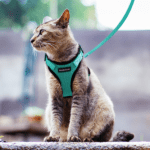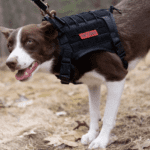Emergency tips for when there’s a wildfire in your area
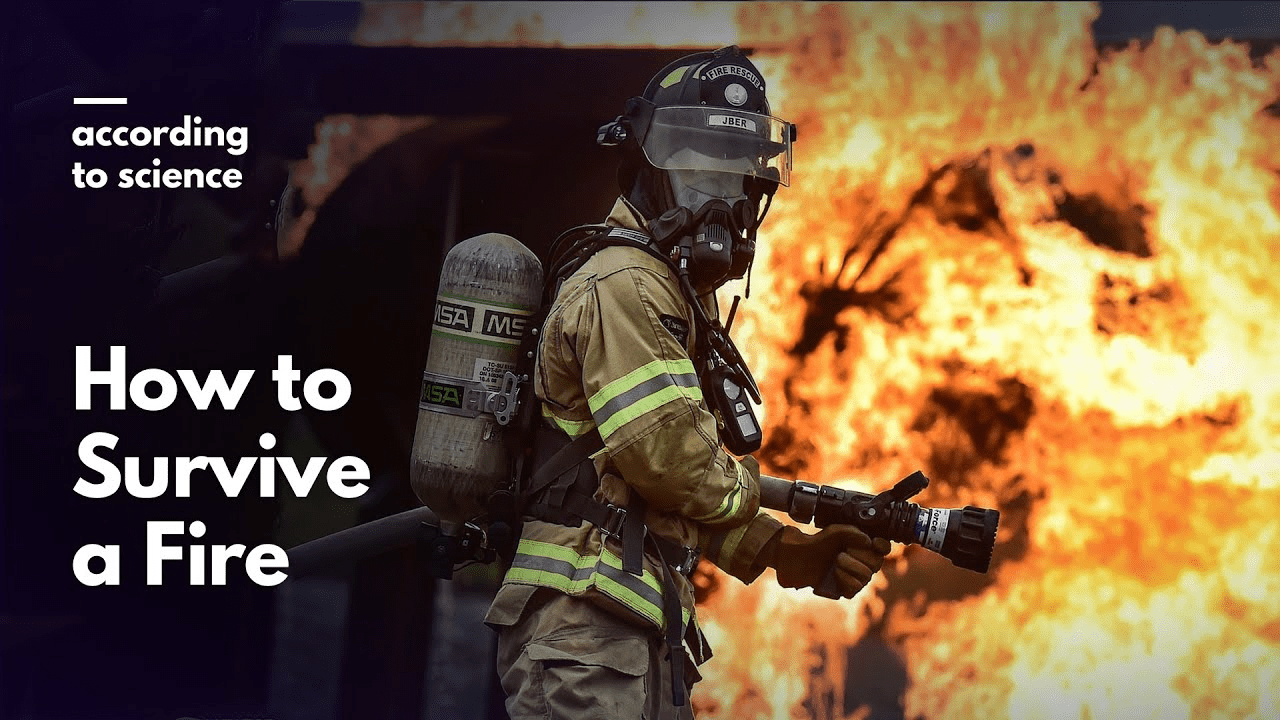
Categories: Events, Gear, Stories & Articles
In recent years, wildfires around the world have become not only more frequent, but also more widespread and fierce. Fires require three major elements: combustible material (fuel), fuel (oxygen), and ignition source (temperature reaching the ignition point). This is also the “fire triangle” that firefighters often talk about when fighting fires.
The Causes of Wildfire
Sometimes, fires occur naturally, for example, from the heat of the sun or from lightning strikes. In the heat of summer, when dry weather and high temperatures are at their peak, even a small spark from a train wheel can ignite a wildfire. In dry, hot weather, lightning can easily start a fire. People may start fires by accident (for example, smoking in an area with lots of dry brush) or intentionally (to clear land).
However, most wildfires are caused by human negligence, including arson, campfires, littering, improper burning of trash, and playing with matches and fireworks.
July 2021 became the hottest month in the world’s history, with some countries experiencing the highest temperatures not seen in decades. Experts believe that this is due to the long-term effects of climate change. What does weather have to do with fires? The answer is that it has a lot to do with it. Droughts caused by low precipitation, hot temperatures and wind are all perfect ingredients for wildfires.
Remember the ignition sources in the fire triangle? The branches, trees and brush on the ground become very dry as the sun heats them up. As the temperature rises, these “fuels” ignite, which is why wildfires tend to rage in the afternoon when temperatures are at their highest.
Emergency tips for how to survive forest fire
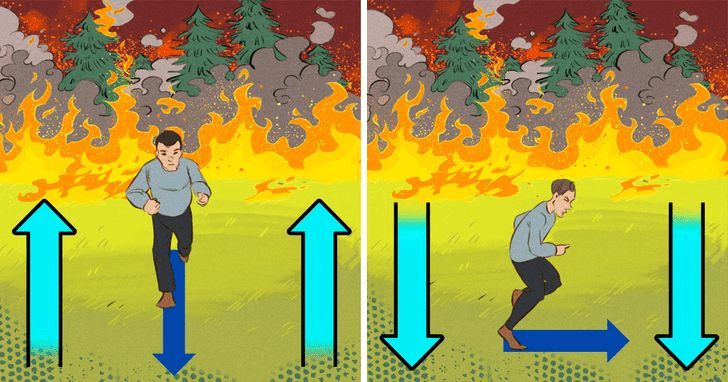
Once a wildfire begins, it can be very difficult to stop. The flames can spread quickly through the forest, and the smoke can make it hard to see and breathe. Forest fires can be terrifying events, especially you live in an area that is prone to wildfires, it’s important to be prepared. but with a bit of preparation you can increase your chances of survival. Here are a few tips to help you out:
1. Make sure you have a plan in place. Know what your evacuation route is, and make sure everyone in your family knows what to do if a wildfire breaks out.
2. Make sure you have an emergency kit packed and ready to go. It should include things like water, food, first-aid supplies, and clothing.
3. Keep your home and property as fire-resistant as possible. Clear away any dead leaves or brush around your house, and make sure your roof is properly ventilated.
4. If a wildfire is approaching, evacuate immediately. Do not try to stay and fight the fire; it’s too dangerous.
5. If you have to leave your home, take your emergency kit with you. Make sure you also take your identification, important documents, and any medications you need.
6. Stay informed about the latest news on the wildfire. You can find up-to-date information from local news outlets or online resources like the National Weather Service website.
By following these tips, you can increase your chances of surviving a wildfire in your area.
what to do when you evacuating:
First, make sure you have an evacuation plan in place. If there is a fire in your area, it’s important to know where you will go and how you will get there.
Second, make sure you have plenty of water on hand. You may need to extinguish flames or keep yourself hydrated.
Third, make sure you have some food on hand. You may not be able to leave the area, so it’s important to have food and water available.
Fourth, make sure you have some supplies handy. You’ll need things like sunscreen, hats, and water bottles.
Finally, stay calm. It’s important to stay focused and not panic in a crisis situation. If you panic, you may make bad decisions that could put yourself or others in danger.
By following these tips, you can increase your chances of surviving a wildfire. Stay safe!
What to do if you can’t evacuate:
If you can’t evacuate, there are still things you can do to stay safe:
First, If you can’t evacuate, go to a safe place. This could be a friend or family member’s home, or a designated shelter.
Second, If possible, stay in an open area like a park or golf course.
Third, Stay away from trees and other tall objects that could fall on you.
Fourth, If you’re caught in the path of the fire, drop to the ground and cover your head.
Finally, after you’ve evacuated, stay away from the area until it’s been declared safe.
How to Create a Fire Break
If there is a wildfire in your area, it’s important to take precautions to protect yourself and your home. One way to do this is by creating a fire break. A fire break is an area around your home that is free of flammable materials, such as grass, trees, and shrubs. This will help to keep the fire from spreading to your home.
– Remove all of the flammable material from around your home, such as leaves, branches, and dead plants. You can do this by using a rake or a chainsaw. It’s also important to make sure that there are no overhanging branches or leaves near your home. These can easily catch on fire and spread the fire to your home.
– You can also create a fire break by digging a trench around your home. Create a circle of dirt or stones around your home. This will help to stop the fire from spreading. Be sure to keep the trench clear of any flammable materials.
– If you have a pool, fill it with water and use it as a fire break.
– If there’s a fire in your area, don’t go near it. It’s dangerous and you could get hurt.
If you have any questions about creating a fire break, please contact your local fire department. They can help you create a plan to protect your home from a wildfire.
Conclusion
By following these tips, you can increase your chances of survival during a wildfire.make sure to stay safe and keep an eye on the news and weather conditions. Fires can start up again unexpectedly, so be prepared to evacuate if necessary. Thank you for reading!
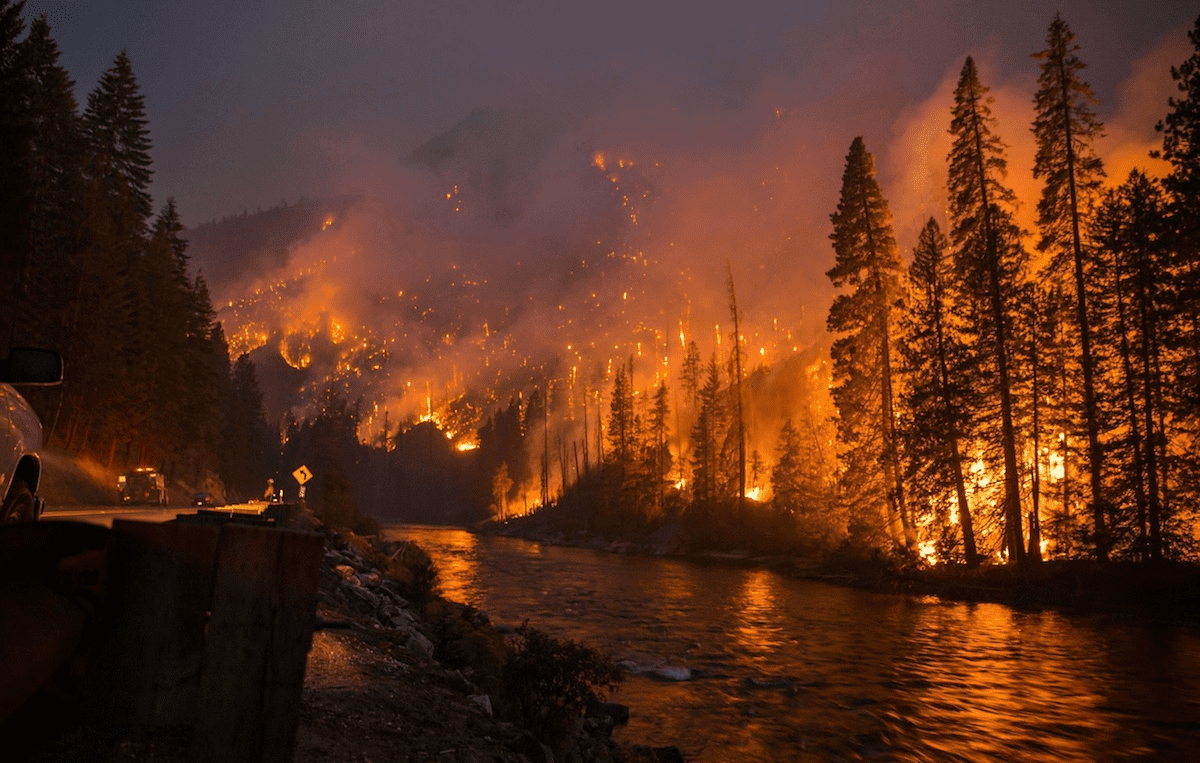
9 Must-Have Items for Every Service Dog Handler’s Kit
If you’re a service dog handler, then you know that having the right gear is essential for keeping your furry friend safe and comfortable. Here are 9 must-have items for your service dog’s gear bag:
1.ID tags
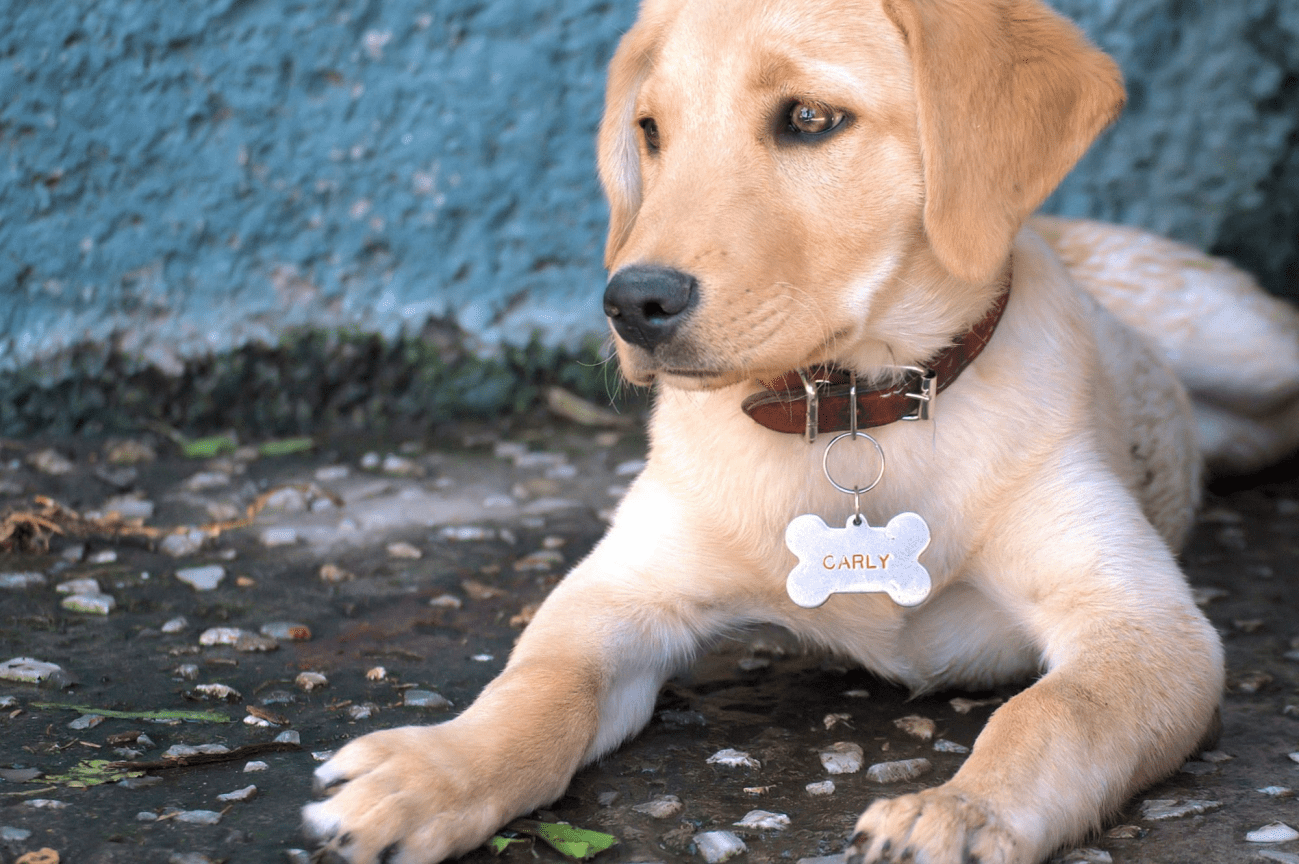
Your dog needs identification tags with your contact information on them.ID tags are a must-have for any service dog. In case your dog gets lost, it’s important that someone can contact you as soon as possible. Make sure to include your name, address, and phone number on your dog’s tags. You can also include an emergency contact number.Carry an ID card that lists your service dog’s name and your contact information with you at all times.Having an ID card for your service dog is a must. This card will list your service dog’s name and your contact information, which can come in handy if someone questions the legitimacy of your service dog. Make sure to carry this card with you at all times so that you can easily prove that your furry friend is a working service dog.
2.Leash and collar
A leash and collar are essential for walking your dog.Leash and Collar: A leash and collar are essential for walking your dog. Make sure to choose a sturdy leash and a comfortable, adjustable collar. Many service dog handlers also use leashes with traffic collars or harnesses for added safety.
3.Harness
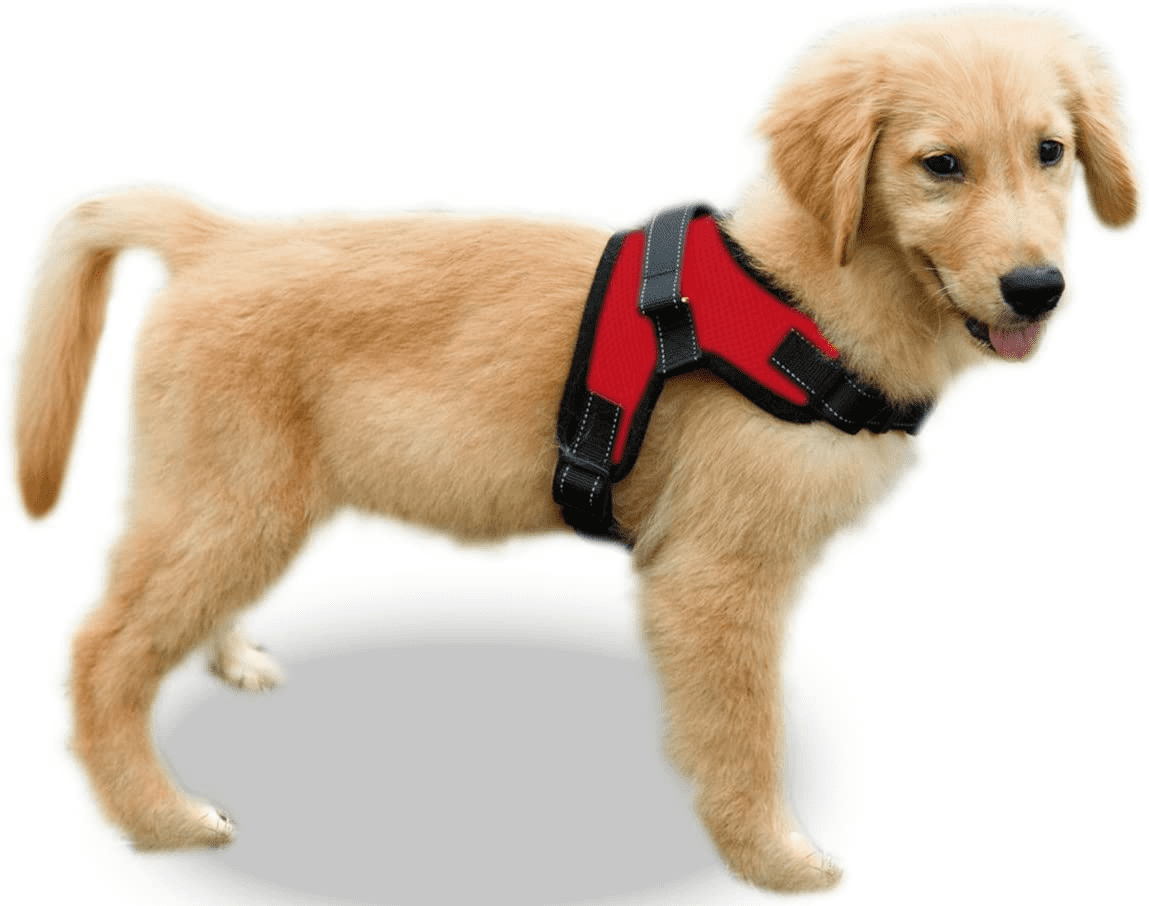
A harness is a good idea for larger dogs, or dogs that pull a lot.They keep the dog from pulling against the leash and create a more balanced walking experience for both the dog and handler. There are many different types of harnesses on the market, so be sure to do your research and find one that is best suited for your individual dog’s needs.
4. Food and water bowl
Make sure you always have a food and water bowl handy.A food and water bowl is an essential item for every service dog handler’s kit. It’s important to always have a way to provide your dog with food and water, especially when you’re on the go. There are a variety of different bowls available, so be sure to choose one that is easy to transport and fits your needs.
5.Treats
Treats can be used to reward your dog for good behavior, or as a bribe to get them to do something you want them to do.Treats are a service dog handler’s best friend. Not only do they keep your furry friend happy and motivated, but they can also be used as a training tool. Make sure to pack a variety of treats in your gear bag, especially if you’re working with a new service dog. Be sure to avoid anything that could be hazardous to your pup’s health, such as chocolate or onions.
6.Toys
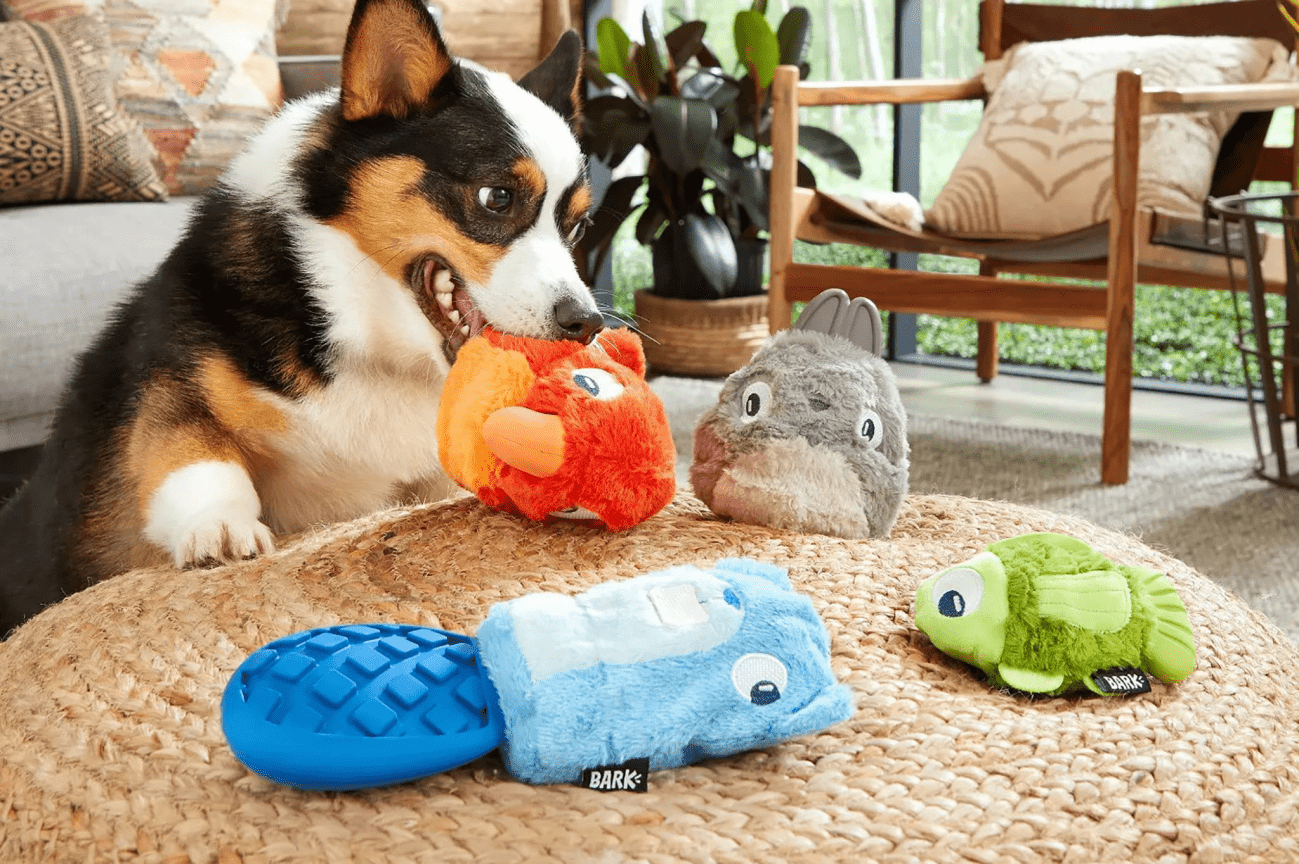
A selection of toys will keep your dog entertained and help them stay mentally stimulated. Dogs need both physical and mental exercise to stay healthy, so make sure to bring a few favorite toys along on trips or when you’re out and about. Kongs are a great option because they can be stuffed with treats or peanut butter, providing hours of entertainment for your pup. Other favorites include tennis balls, Frisbees, and chew toys.
7.Waste bags
Always have a few waste bags on hand to clean up after your dog.One of the most essential items for a service dog handler is a waste bag. Always have a few waste bags on hand to clean up after your dog, both in public and when you’re at home. There are many different types of waste bags available, so choose the ones that work best for you and your dog. Some people prefer biodegradable or compostable bags, while others find that regular plastic bags work just fine. No matter what type of waste bag you use, be sure to always have some with you when you’re out and about with your dog.
8.First-aid kit
Your dog may get injured while out and about, so it’s important to have a first-aid kit handy.A first-aid kit is an essential piece of gear for any service dog handler. Your dog may get injured while out and about, so it’s important to have a first-aid kit handy. The kit should include supplies like bandages, gauze, tape, scissors, and a styptic pencil (for stopping bleeding). You should also pack a copy of your veterinarian’s contact information, just in case you need it.
9.GPS tracker
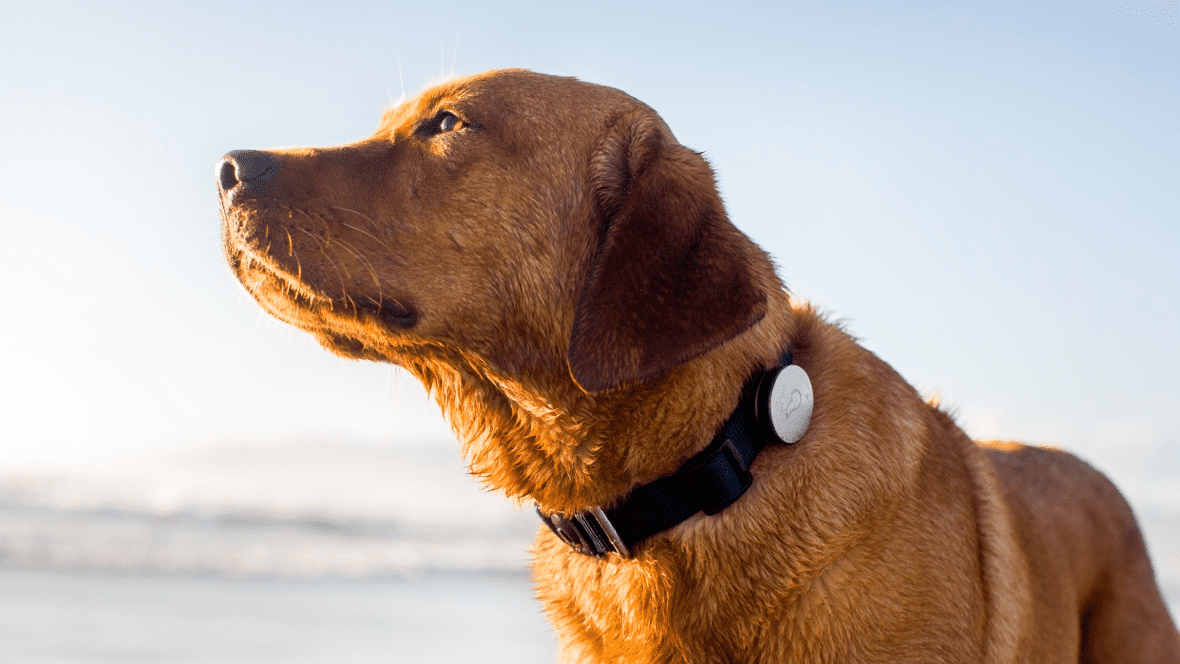
If your service dog ever gets lost, a GPS tracker can help you find them quickly.GPS trackers are a must-have for any service dog handler. If your service dog ever gets lost, a GPS tracker can help you find them quickly and easily. There are many different GPS trackers on the market, so be sure to do your research to find the one that best suits your needs. Some GPS trackers are small and discreet, while others are more rugged and waterproof. No matter what type of tracker you choose, make sure it has a long battery life so you can rest assured that your furry friend is always safe and sound.
Conclusion:
So, whether you’re a new or experienced service dog handler, make sure you have all of these essential items in your kit! It will make life a lot easier for both you and your furry friend. Thanks for reading!
